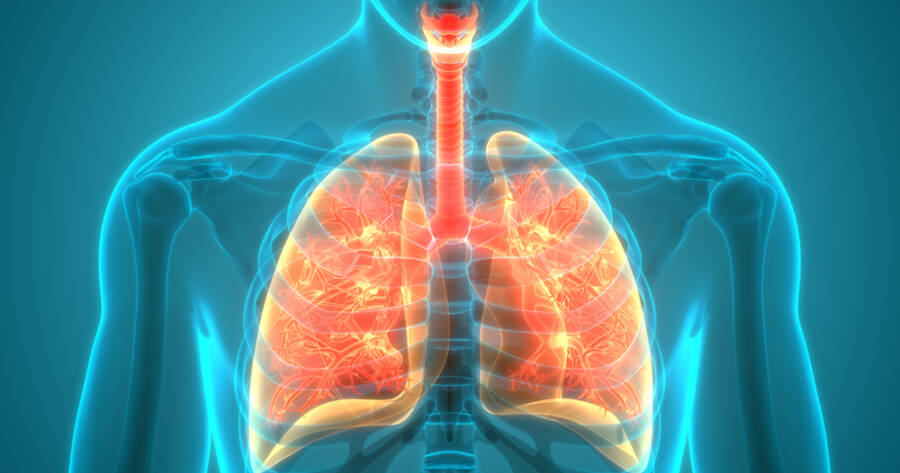Uncover the secrets of COPD management. Discover effective strategies for symptom relief, improved quality of life, and long-term well-being. Learn about the latest advancements in treatments and how to integrate them into your daily routine.
What is COPD?
COPD, or chronic obstructive pulmonary disease, is a progressive lung disease that makes it difficult to breathe. It is the third leading cause of death in the United States, and it affects millions of people worldwide. COPD is caused by damage to the lungs, which can be caused by smoking, exposure to secondhand smoke, air pollution, and other factors. The damage to the lungs can cause the airways to become narrowed and inflamed, making it difficult for air to flow in and out of the lungs.1
COPD is a serious disease, but it can be managed with proper treatment. Treatment options include medications, oxygen therapy, and pulmonary rehabilitation. Early diagnosis and treatment can help to slow the progression of the disease and improve quality of life.
COPD: A Progressive Lung Disease
COPD is a progressive disease, which means that it gets worse over time. The damage to the lungs caused by COPD cannot be reversed, but treatment can help to slow the progression of the disease and prevent further damage.
The progression of COPD is divided into four stages: mild, moderate, severe, and very severe. The stage of COPD is determined by the severity of the symptoms and the amount of airflow limitation. Mild COPD is characterized by mild shortness of breath and coughing. Moderate COPD is characterized by more severe shortness of breath, coughing, and wheezing. Severe COPD is characterized by very severe shortness of breath, coughing, and wheezing, and may also include fatigue, weight loss, and swelling in the feet.
Very severe COPD is the most advanced stage of the disease and is characterized by very severe shortness of breath, coughing, and wheezing, as well as fatigue, weight loss, and swelling in the feet. People with very severe COPD may also need to use oxygen therapy or a ventilator to help them breathe.
COPD: Symptoms, Diagnosis, and Treatment
The most common symptoms of COPD are shortness of breath, coughing, and wheezing. Other symptoms may include fatigue, weight loss, and swelling in the feet. COPD is diagnosed with a spirometry test, which measures the amount of airflow into and out of the lungs. Treatment options for COPD include medications, oxygen therapy, and pulmonary rehabilitation.2
Medications for COPD include bronchodilators, which help to open the airways, and corticosteroids, which help to reduce inflammation in the lungs. Oxygen therapy may be necessary for people with severe COPD who have low blood oxygen levels. Pulmonary rehabilitation is a program of exercise and education that can help people with COPD to improve their breathing and overall health.
Learn More About COPD
There are many resources available to help people learn more about COPD. The National Heart, Lung, and Blood Institute (NHLBI) offers a wealth of information on COPD, including fact sheets, brochures, and videos. The American Lung Association also offers a variety of resources on COPD, including support groups, educational programs, and research updates.
